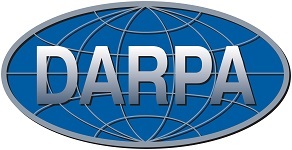Graf Research Corporation will be returning to GOMAC, this time in Albuquerque, New Mexico. In addition to marveling at the ridges of the Sandia mountains and the wine-colored sunsets of New Mexico, we’ll be presenting our paper, “Introducing a Trust Metric Foundation and Deriving Trust-for-Buck.” Paper contributors include Scott Harper, Jonathan Graf, Whitney Batchelor, Tim Dunham, and Peter Athanas. If you’re going to GOMAC, come out and say hello to us!
-----
Hardware Trojan Detection using Xilinx Vivado
Scott Harper, Jonathan Graf, Whitney Batchelor, Tim Dunham, Peter Athanas
Abstract: This study defines a flexible quantitative metric for measuring trust-related aspects across a broad range of domains and a means of using that foundation to derive domain-specific measurements. A Trust Basis Metric is described here along with examples that build on its foundation to measure assurances and identify cost-effective trust-enhancing investments. Our primary motivation in performing this study was to quantitatively determine the best increase in trust per dollar (Trust-for-Buck) when investing in current device manufacture and distribution flows for microelectronic components.

















